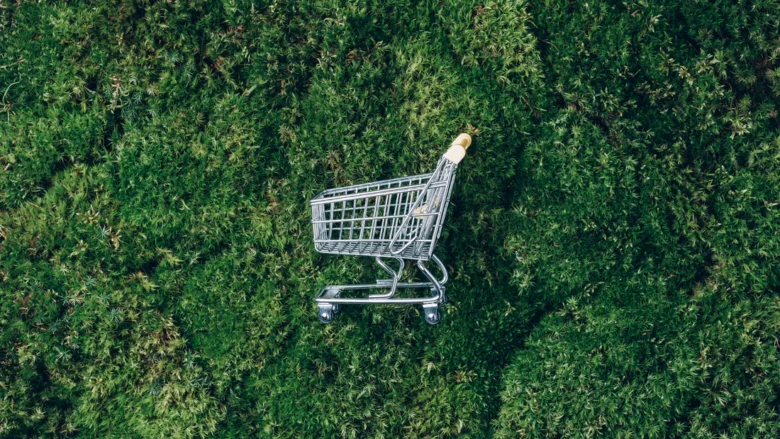Living sustainably has become more than a buzzword; it’s an imperative for the health of our planet. However, many people feel overwhelmed by the notion of adopting a sustainable lifestyle. What if the secret to sustainability isn’t adding more eco-friendly products to your life but rather removing excess from it? This is where minimalism comes in. By consciously reducing consumption and focusing on essentials, we can pave the way for a more sustainable future. This article explores how minimalism aligns with sustainability, offering practical insights to help you incorporate these principles into your life.
Understanding Minimalism
At its core, minimalism is about decluttering your life, not just physically but mentally and emotionally too. It’s a lifestyle that encourages intentional living by prioritizing what truly adds value to your life and discarding what doesn’t. Minimalism isn’t about deprivation; it’s about making conscious choices to focus on quality over quantity. Instead of accumulating things, minimalists seek satisfaction through experiences, relationships, and purposeful living. This shift in perspective can fundamentally change how we approach sustainability, making it easier to support eco-friendly behaviors.
The Environmental Impact of Consumerism
To truly appreciate the value of minimalism in sustainability, we must acknowledge the harm caused by overconsumption. Consumerism, driven by constant advertising and the “buy now, think later” mentality, has led to excessive resource extraction, enormous waste, and environmental degradation. From the fast fashion industry polluting water sources to single-use plastics clogging our oceans, the cycle of consumption pushes the planet to its limits. Every item we buy has an ecological footprint, from production to disposal. The minimalist mindset directly contradicts this, urging us to consume only what we need, significantly reducing waste and resource use.
Minimalism as a Solution
Minimalism offers a way to break free from the consumption cycle and, in doing so, directly supports sustainability. By owning fewer items, we naturally waste less and demand fewer resources. Fewer possessions often mean a slower pace of life with less time spent maintaining, organizing, and disposing of unnecessary items. Minimalism encourages practices like borrowing, reusing, and repairing, which align perfectly with sustainable living. It reminds us to ask, “Do I really need this?” before purchasing. This mindful consumption is a profound step toward reducing our environmental impact.
Practical Steps
Adopting a minimalist and sustainable lifestyle does not require drastic measures. Begin with simple steps, like decluttering your immediate surroundings. Donate or recycle items you no longer use. Reduce purchases by focusing on high-quality, durable goods rather than throwaway items. Consider your habits, such as using reusable bags, water bottles, and containers, to reduce waste. Focus on reducing energy consumption by unplugging electronics when not in use or switching to energy-efficient appliances. Even your diet can align with minimalist sustainability; eating seasonal, plant-based foods reduces the environmental strain caused by meat production and food transportation. Small, mindful choices accumulate to create significant impacts.
Benefits of Minimalism and Sustainability
Minimalism doesn’t just benefit the planet; it enhances your life in multiple ways. Simplifying your environment can reduce stress and create a sense of calm and focus. Without the burden of excess, you gain time and space to engage in activities and relationships that truly matter to you. Financially, minimalism helps you save money. You spend less on unnecessary items and reduce impulse buying, freeing up resources for meaningful investments or experiences. There’s also joy in aligning your lifestyle with sustainable values, knowing your choices contribute to a healthier environment.
Overcoming Challenges
Transitioning to a minimalist and sustainable lifestyle isn’t without its challenges. It can feel overwhelming to declutter or break free from long-standing consumer habits. Social pressures or a fear of “missing out” may act as barriers. However, focusing on the larger purpose of sustainability can provide the motivation needed to persevere. Start with manageable goals and remember that progress, not perfection, is the key. Surround yourself with a community of like-minded individuals for support, whether through local groups or online.
Choosing Intentional Living
The minimalist path to sustainable living is ultimately about choosing intentionality. Every decision, from what you buy to how you spend your time, carries the potential to impact the planet. By adopting a more mindful and minimalist lifestyle, you contribute to a sustainable future while inviting more simplicity, clarity, and purpose into your life. The road may not be linear, but every effort makes a difference. Are you prepared to embark on this journey? Start small, stay consistent, and watch as minimalism transforms not just your life but also the world around you.
FAQs
1. Does minimalism mean owning nothing?
Absolutely not. Minimalism is not about deprivation but about intentional living. It means focusing on what you truly need and value rather than mindlessly accumulating possessions.
2. Is it expensive to live sustainably?
Initially, sustainable choices may seem costly (e.g., purchasing high-quality items), but in the long run, they save money by lasting longer and reducing waste.
3. How do I maintain sustainable minimalism with a family?
Start small. Get your family involved in activities like decluttering, reusing, or donating. Explain the positive impact their actions have on the planet to foster engagement.
4. How can I handle social pressure to buy more?
Stick to your values and set boundaries. Share your minimalist and sustainable mindset with others. Often, people respect intentional choices and may even feel inspired by you.
5. Can I still enjoy shopping while being a minimalist?
Yes, but shop mindfully. Prioritize buying items that align with your values and have a purpose in your life. Focus on quality over quantity.




